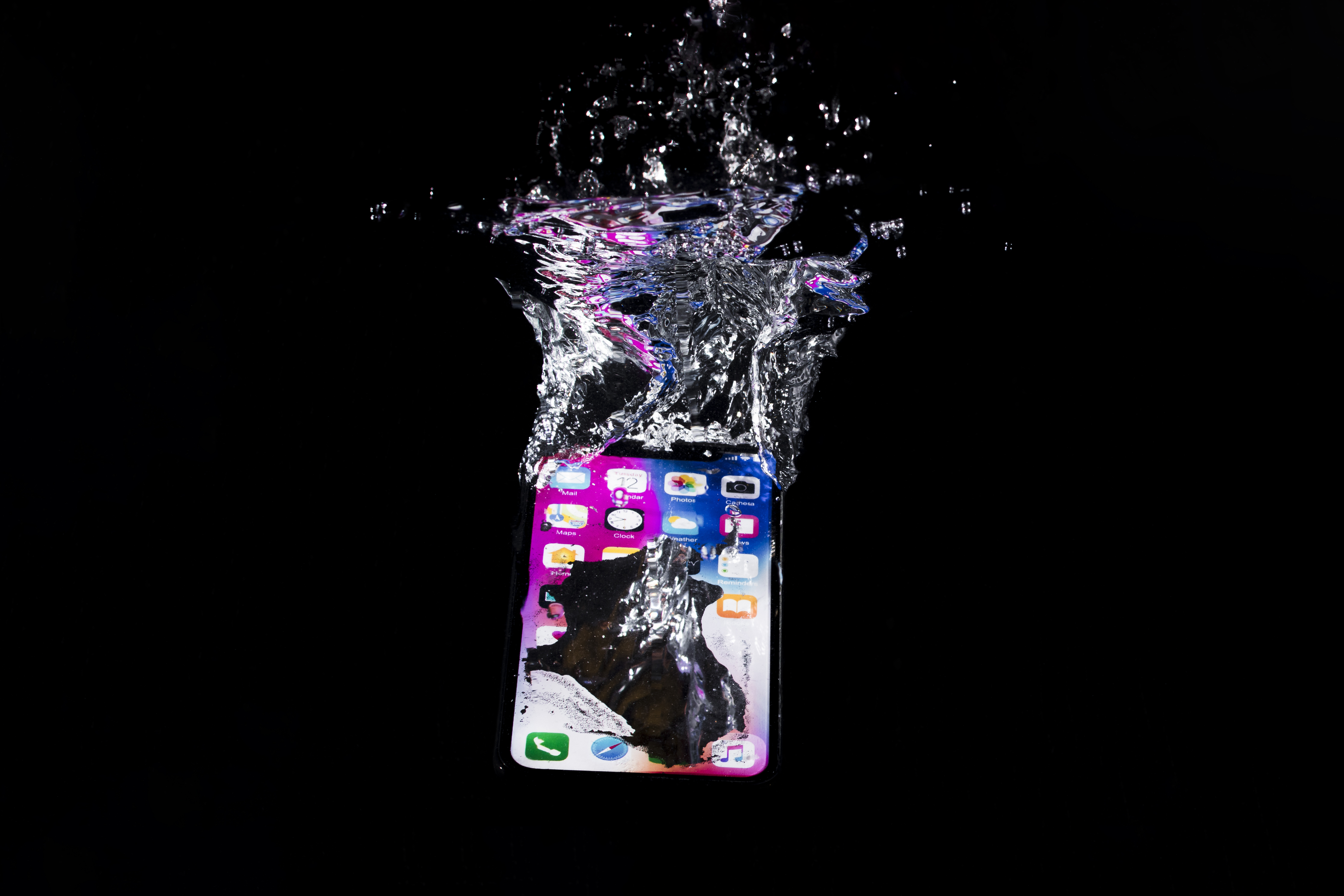The world is producing data at an unprecedented rate. With digital storage limitations, scientists are exploring revolutionary solutions—one of the most promising being DNA storage. Imagine a future where instead of using USB drives or hard disks, we store terabytes of data within microscopic DNA strands. But how close are we to making this a reality?
DNA, the molecule that carries genetic information in living organisms, is proving to be an ultra-dense and durable medium for data storage. In this blog, we’ll explore Microsoft and Harvard’s groundbreaking research, the benefits and challenges of DNA storage, and whether traditional storage devices will become obsolete in the future.
The Science Behind DNA Data Storage
DNA storage works by converting digital data (binary 0s and 1s) into sequences of the four DNA nucleotides: Adenine (A), Thymine (T), Cytosine (C), and Guanine (G). Scientists then synthesize artificial DNA strands containing this encoded information. When needed, sequencing technologies read the DNA and convert it back into digital data.
How DNA Storage Works
-
Data Encoding – Binary data is translated into nucleotide sequences.
-
DNA Synthesis – Artificial DNA strands are created to store information.
-
Storage Process – DNA is preserved in a controlled environment for long-term use.
-
Data Retrieval – Advanced sequencing techniques extract and decode the stored information.
Key Advantages of DNA Storage
-
Extreme Data Density – 1 gram of DNA can store up to 215 petabytes of data.
-
Durability – DNA can last thousands of years if kept in a stable environment.
-
Energy Efficiency – Unlike hard drives, DNA does not require constant power to maintain data.
-
Eco-Friendly – Reduces electronic waste and reliance on rare-earth metals.

Microsoft & Harvard’s Breakthrough Experiments
Microsoft’s DNA Storage Initiative
Microsoft has been actively researching DNA-based storage as a long-term solution for growing data needs. Their scientists have successfully stored and retrieved data in synthetic DNA, demonstrating that this method can be used for high-density archival storage.
Harvard’s DNA Research
Harvard researchers have gone a step further by encoding an entire book in DNA, proving that textual, visual, and audio data can be embedded within genetic material. Their experiments suggest that DNA storage is not only possible but could be a game-changer for data preservation.
Both institutions are working on improving the speed and cost-effectiveness of DNA synthesis and sequencing to make DNA storage commercially viable in the coming decades.
Will USB Drives & Hard Disks Become Obsolete?
DNA storage presents a futuristic alternative to traditional storage devices. However, current challenges must be overcome before it can replace conventional methods:
Challenges of DNA Storage
-
High Cost – DNA synthesis and sequencing remain expensive.
-
Slow Read/Write Speed – Unlike SSDs, retrieving data from DNA is not instantaneous.
-
Complexity – Requires advanced biotechnology knowledge and specialized equipment.
-
Storage Conditions – DNA must be preserved in a controlled environment to prevent degradation.
While hard disks and USB drives will continue to be used for the foreseeable future, DNA storage could emerge as the ultimate long-term archival solution. It may not replace everyday storage devices, but it has the potential to store massive amounts of data for centuries without degradation.
DNA Storage vs. Traditional Storage: A Comparison
| Feature | DNA Storage | Traditional Storage (HDD, SSD, USB) |
|---|---|---|
| Data Density | Extremely high (215 PB per gram) | Limited by physical size |
| Longevity | Thousands of years | Decades at best |
| Energy Efficiency | No power required for storage | Requires continuous power |
| Cost | Expensive (currently) | Affordable |
| Read/Write Speed | Slow (for now) | Fast |
| Environmental Impact | Minimal e-waste | Contributes to e-waste |
The Future of DNA Storage
Potential Applications of DNA Storage
-
Medical Data Archiving – Hospitals and research institutions could use DNA to store vast amounts of patient records and medical research.
-
Historical Preservation – DNA could be used to preserve historical texts, photos, and documents for thousands of years.
-
AI & Machine Learning Models – AI systems require large datasets, and DNA storage could provide a scalable solution.
-
Cloud Storage Replacement – DNA-based cloud storage could revolutionize data centers by significantly reducing space and energy consumption.
-
Government & Military Data – Secure DNA storage could offer an ultra-secure and tamper-proof solution for classified information.
Technological Innovations Needed for DNA Storage
-
Faster DNA Sequencing Technologies – Improvements in sequencing methods will enable quicker data retrieval.
-
Cost-Effective DNA Synthesis – Reducing the cost of DNA production will make it a viable option for large-scale storage.
-
Integration with Digital Systems – DNA storage needs to be seamlessly integrated into existing computing infrastructure.
-
Scalability & Commercialization – Companies will need to develop scalable solutions to make DNA storage accessible for industries and consumers.
Ethical & Security Considerations
Ethical Concerns of DNA Storage
-
Genetic Manipulation Risks – Could DNA storage lead to unintended genetic modifications?
-
Ownership & Privacy Issues – Who controls data stored in synthetic DNA?
-
Environmental Impact of DNA Synthesis – While DNA storage reduces e-waste, DNA synthesis and sequencing must be environmentally sustainable.
Security Implications
-
Hacking Risks – DNA-based data storage must be protected against cyber threats.
-
Data Tampering – How can we ensure DNA-stored data remains unaltered over centuries?
-
Misuse of DNA Technology – Ethical safeguards will be required to prevent misuse of DNA storage technology.
Conclusion
DNA storage is an exciting breakthrough with the potential to revolutionize data storage. While Microsoft and Harvard’s research has proven that DNA can store vast amounts of data efficiently, challenges such as cost and speed must be addressed before widespread adoption.
For now, USB drives and hard disks are here to stay, but DNA storage could play a crucial role in preserving humanity’s digital knowledge for future generations. The future of data storage may not be silicon-based but encoded within the very fabric of life itself—DNA.
 Top Technology Trends 2025 – What’s Trending in Technology
Top Technology Trends 2025 – What’s Trending in Technology  Big Beautiful Bill: A New Tax Break for Social Security?
Big Beautiful Bill: A New Tax Break for Social Security?  iOS 26: Release Date, Supported iPhones, Beta, and Rumors
iOS 26: Release Date, Supported iPhones, Beta, and Rumors  Home Decor & Interior Design Ideas for a Beautiful 2025 Home
Home Decor & Interior Design Ideas for a Beautiful 2025 Home  Amazon Tariffs 2025: Tariff Cost Display Announcement & Political Insights
Amazon Tariffs 2025: Tariff Cost Display Announcement & Political Insights  Capital Summertime Ball 2025: The Ultimate Music Event of the Year
Capital Summertime Ball 2025: The Ultimate Music Event of the Year